

| Cruise Region : Europe |
| Company : Oceania Cruises |
| Ship : Marina |
| Journey Start : Sun 31 May 2026 |
| Journey End : Fri 26 Jun 2026 |
| Count Nights : 26 nights |
| Day | Date | Port | Arrival | Departure |
|---|---|---|---|---|
| 1 | 31.05 Sun | London / Great Britain | 07:00 | 21:00 |
| 2 | 1.06 Mon | Day at sea / Sea | ||
| 3 | 2.06 Tue | Edinburgh / Great Britain | 09:00 | 17:00 |
| 4 | 3.06 Wed | Scrabster / Scotland | 08:00 | 17:00 |
| 5 | 4.06 Thu | Ullapool / Scotland | 07:00 | 17:00 |
| 6 | 5.06 Fri | Derry / Great Britain | 08:00 | 19:00 |
| 7 | 6.06 Sat | Douglas / Maine Island | 07:00 | 17:00 |
| 8 | 7.06 Sun | Bangor / Great Britain | 07:00 | 20:00 |
| 9 | 8.06 Mon | Dublin / Ireland | 07:00 | 20:00 |
| 10 | 9.06 Tue | Waterford / Ireland | 07:00 | 19:00 |
| 11 | 10.06 Wed | Cork / Ireland | 07:00 | 16:00 |
| 12 | 11.06 Thu | Portland / USA | 11:30 | 18:30 |
| 13 | 12.06 Fri | London / Great Britain | 07:00 | 16:00 |
| 14 | 13.06 Sat | Day at sea / Sea | ||
| 15 | 14.06 Sun | Copenhagen / Denmark | 16:00 | 23:59 |
| 16 | 15.06 Mon | Berlin / Germany | 09:00 | |
| 17 | 16.06 Tue | Berlin / Germany | 21:00 | |
| 18 | 17.06 Wed | Day at sea / Sea | ||
| 19 | 18.06 Thu | Tallinn / Estonia | 08:00 | 17:00 |
| 20 | 19.06 Fri | Stockholm / Sweden | 08:00 | |
| 21 | 20.06 Sat | Stockholm / Sweden | 13:00 | |
| 22 | 21.06 Sun | Day at sea / Sea | ||
| 23 | 22.06 Mon | Fredrikstad / Norway | 17:00 | |
| 24 | 23.06 Tue | Fredrikstad / Norway | 19:00 | |
| 25 | 24.06 Wed | Day at sea / Sea | ||
| 26 | 25.06 Thu | Used | 08:00 | 18:00 |
| 27 | 26.06 Fri | London / Great Britain | 07:00 | 17:00 |




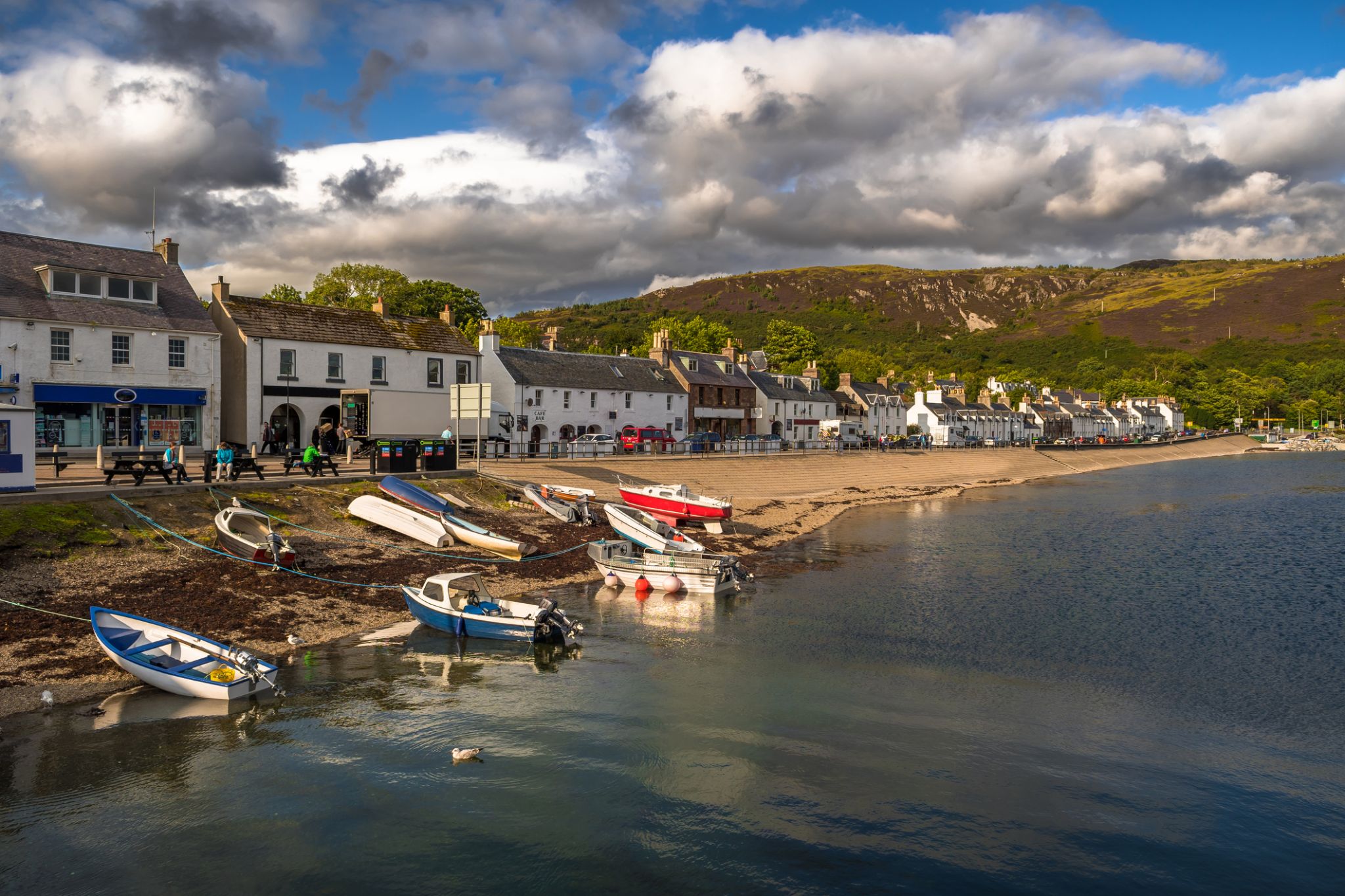


Douglas is the capital and largest city of the Isle of Man, located in the Irish Sea. The city, rich in maritime history, is known for its picturesque coastal scenery and charming atmosphere. In Douglas, you can take a stroll along the historic promenade, lined with old buildings and modern cafes, and visit the local museum that showcases the island's maritime culture and traditions. The city is also famous for its architectural landmarks, such as the castle and historic Victorian buildings, which add to its unique charm.
The surrounding areas of Douglas offer excellent opportunities for outdoor activities, including hiking trails, coastal walks, and bike tours. The Isle of Man is renowned for its unique nature, and travelers can enjoy views of hills, scenic bays, and traditional villages along the way. This corner of Britain attracts tourists with its unique culture, ancient traditions, and beautiful natural landscapes, making it a perfect spot for a relaxing getaway and exciting exploration.
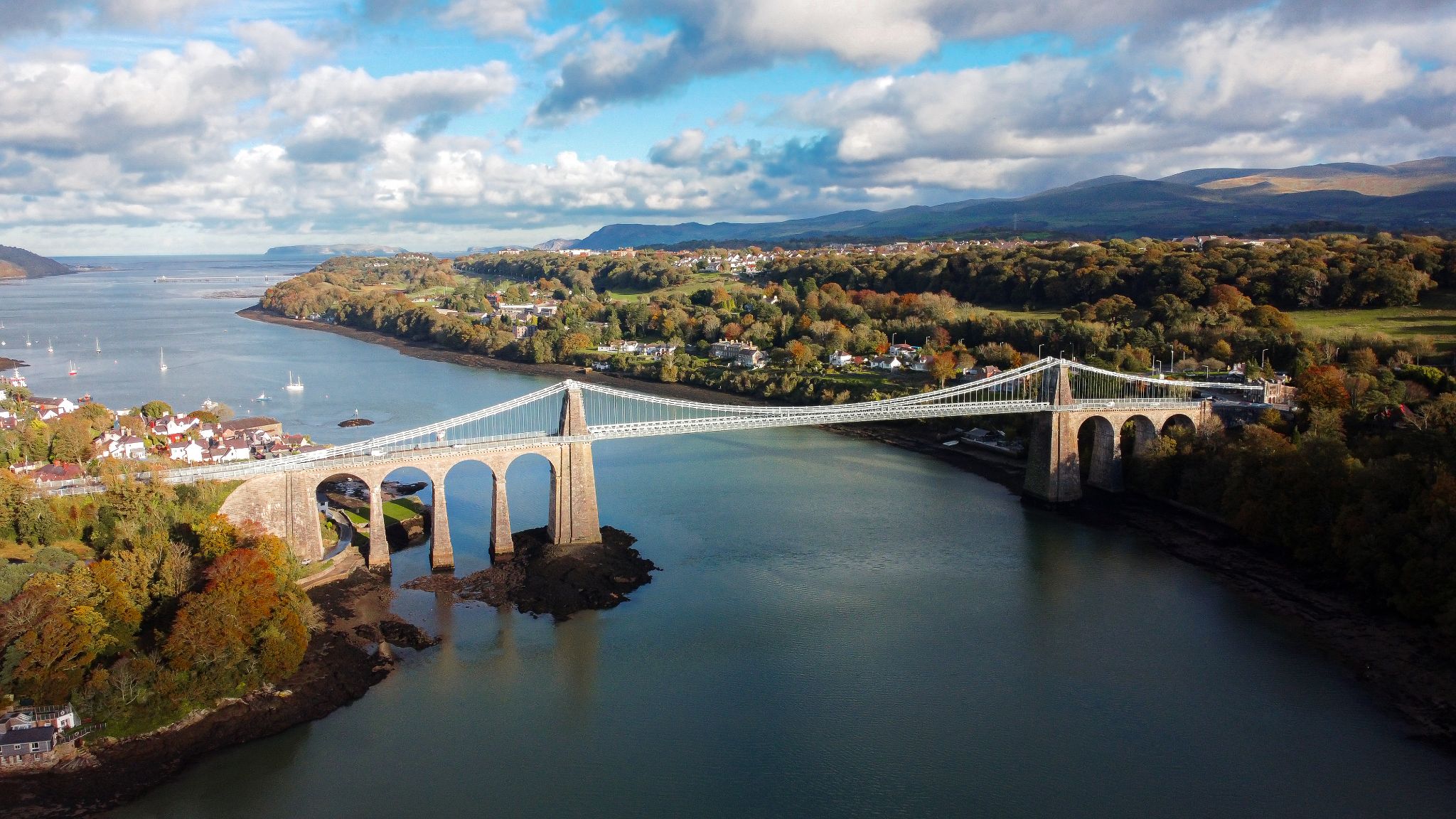
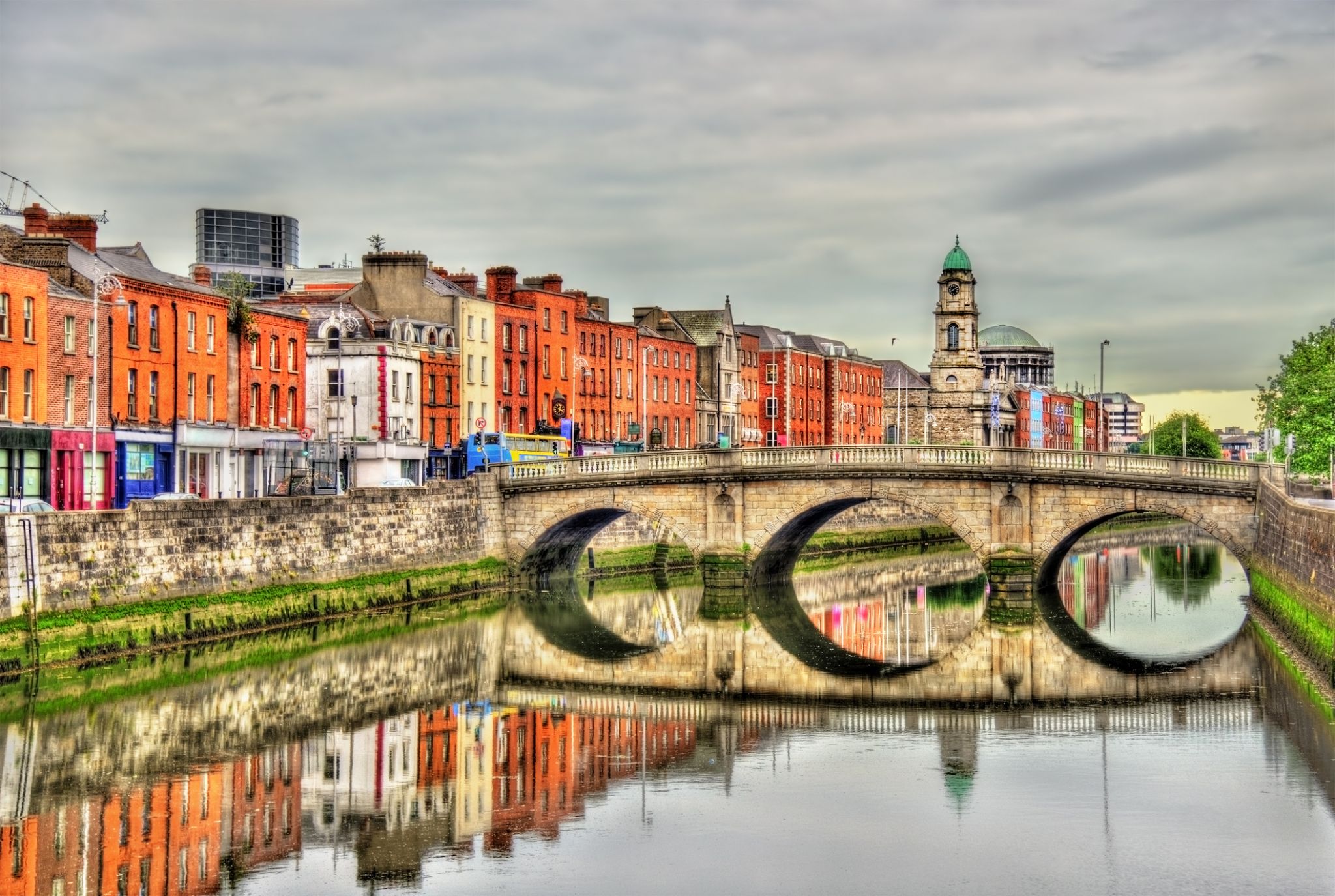
Dublin is the capital of, and largest city in, Ireland. It is on the east coast of Ireland, in the province of Leinster, at the mouth of the River Liffey, and is bordered on the south by the Wicklow mountains. It has an urban area population of 1,173,179, while the population of the Dublin Region (formerly County Dublin), as of 2016, was 1,347,359, and the population of the Greater Dublin area was 1,904,806.
There is archaeological debate regarding precisely where Dublin was established by Celtic-speaking people in the 7th century AD. Later expanded as a Viking settlement, the Kingdom of Dublin, the city became Ireland's principal settlement following the Norman invasion. The city expanded rapidly from the 17th century and was briefly the second largest city in the British Empire before the Acts of Union in 1800. Following the partition of Ireland in 1922, Dublin became the capital of the Irish Free State, later renamed Ireland.
Dublin is a historical and contemporary centre for education, the arts, administration and industry. As of 2018 the city was listed by the Globalization and World Cities Research Network (GaWC) as a global city, with a ranking of "Alpha -", which places it amongst the top thirty cities in the world.

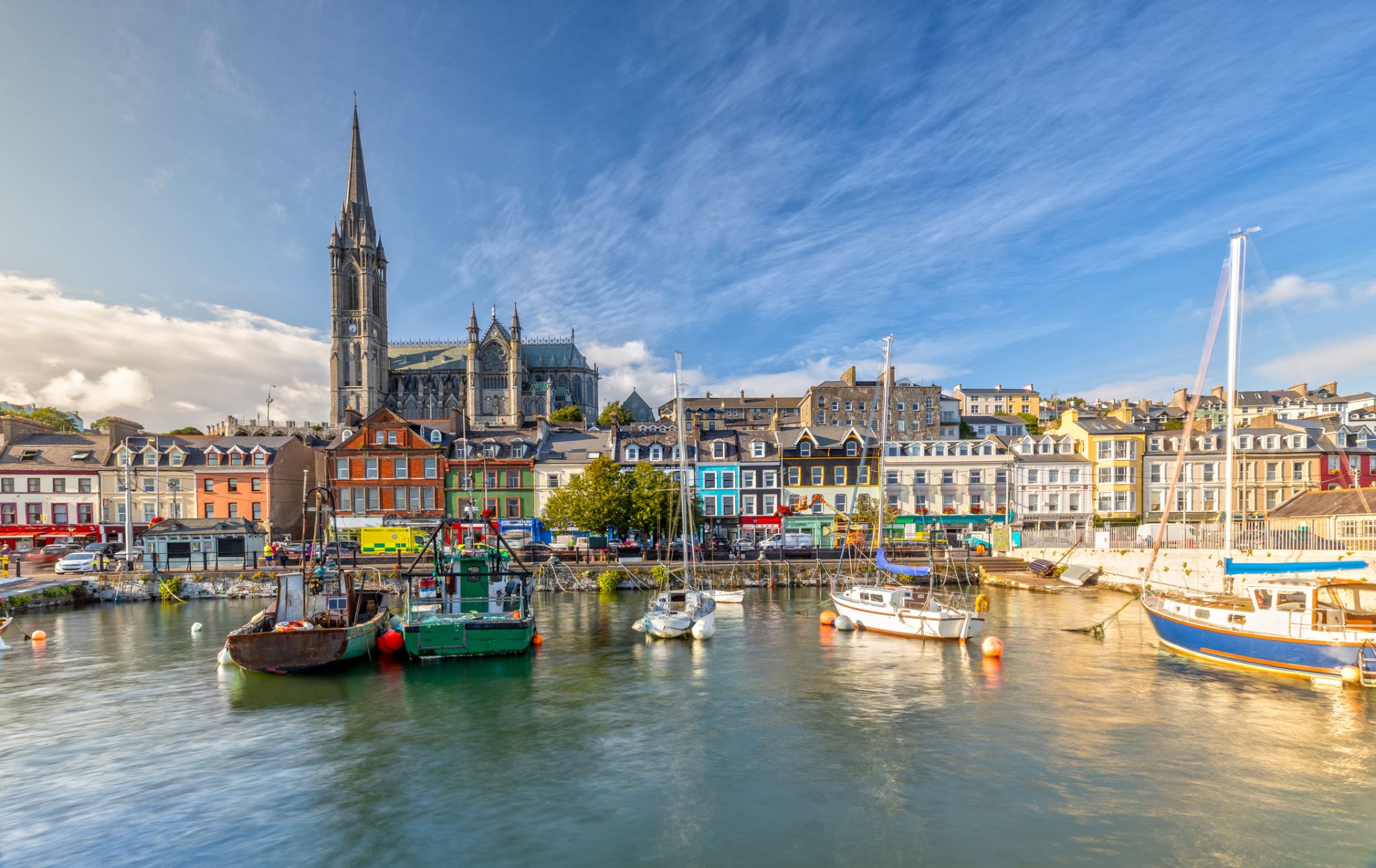
Cork is a city in south-west Ireland, in the province of Munster, which had a population of 125,657 in 2016.
The city is on the River Lee which splits into two channels at the western end and divides the city centre into islands. They reconverge at the eastern end where the quays and docks along the river banks lead outwards towards Lough Mahon and Cork Harbour, one of the largest natural harbours in the world.
Expanded by Viking invaders around 915, the city's charter was granted by Prince John, as Lord of Ireland, in 1185. Cork city was once fully walled, and the remnants of the old medieval town centre can be found around South and North Main streets.
The third largest city on the island of Ireland, the city's cognomen of "the rebel city" originates in its support for the Yorkist cause in the Wars of the Roses. Corkonians often refer to the city as "the real capital", a reference to its opposition to the Anglo-Irish Treaty in the Irish Civil War.



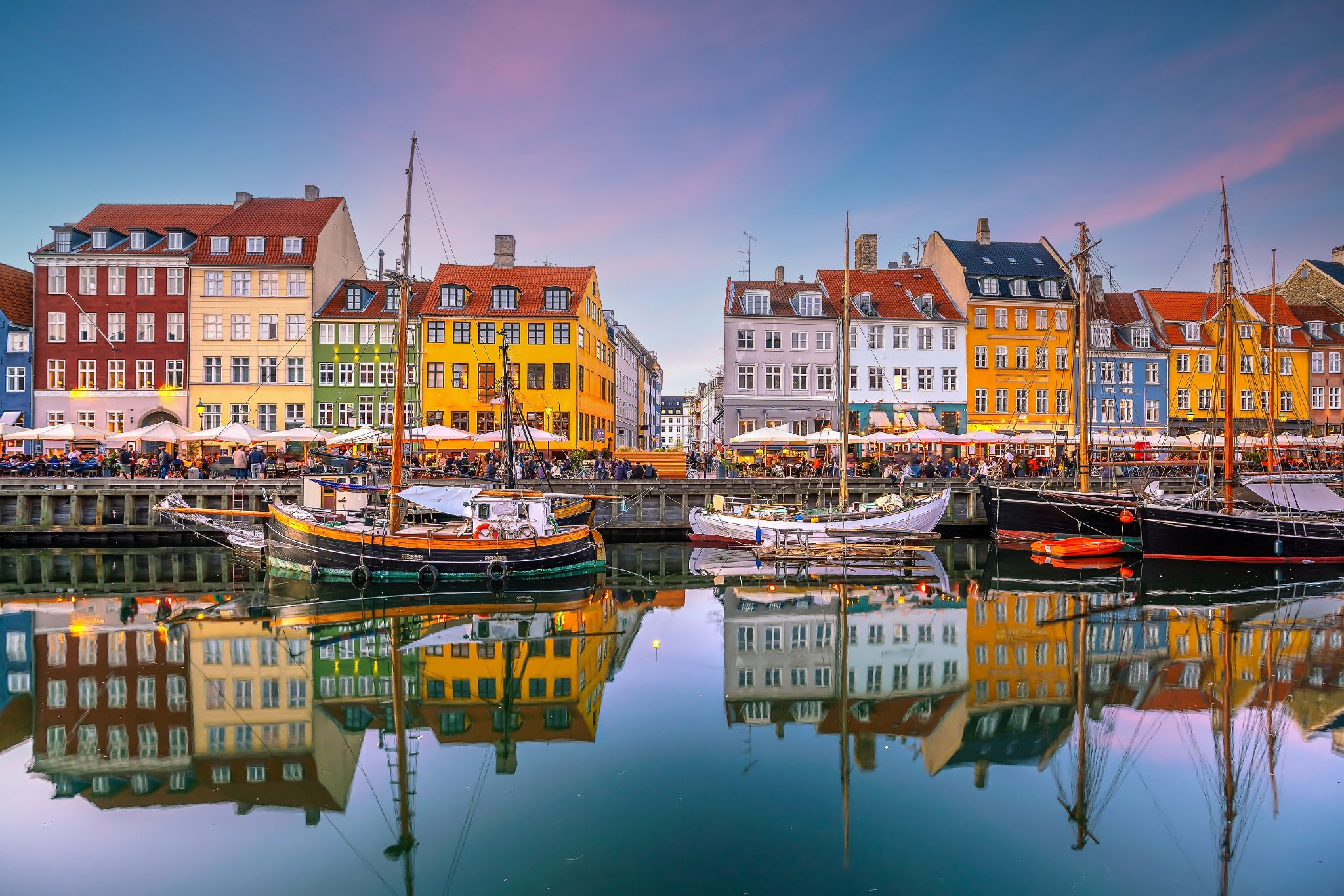
the capital and chief port of Denmark, a city that occupies the eastern part of Zealand and northern part of the island of Amager; population 518,574 (2009).
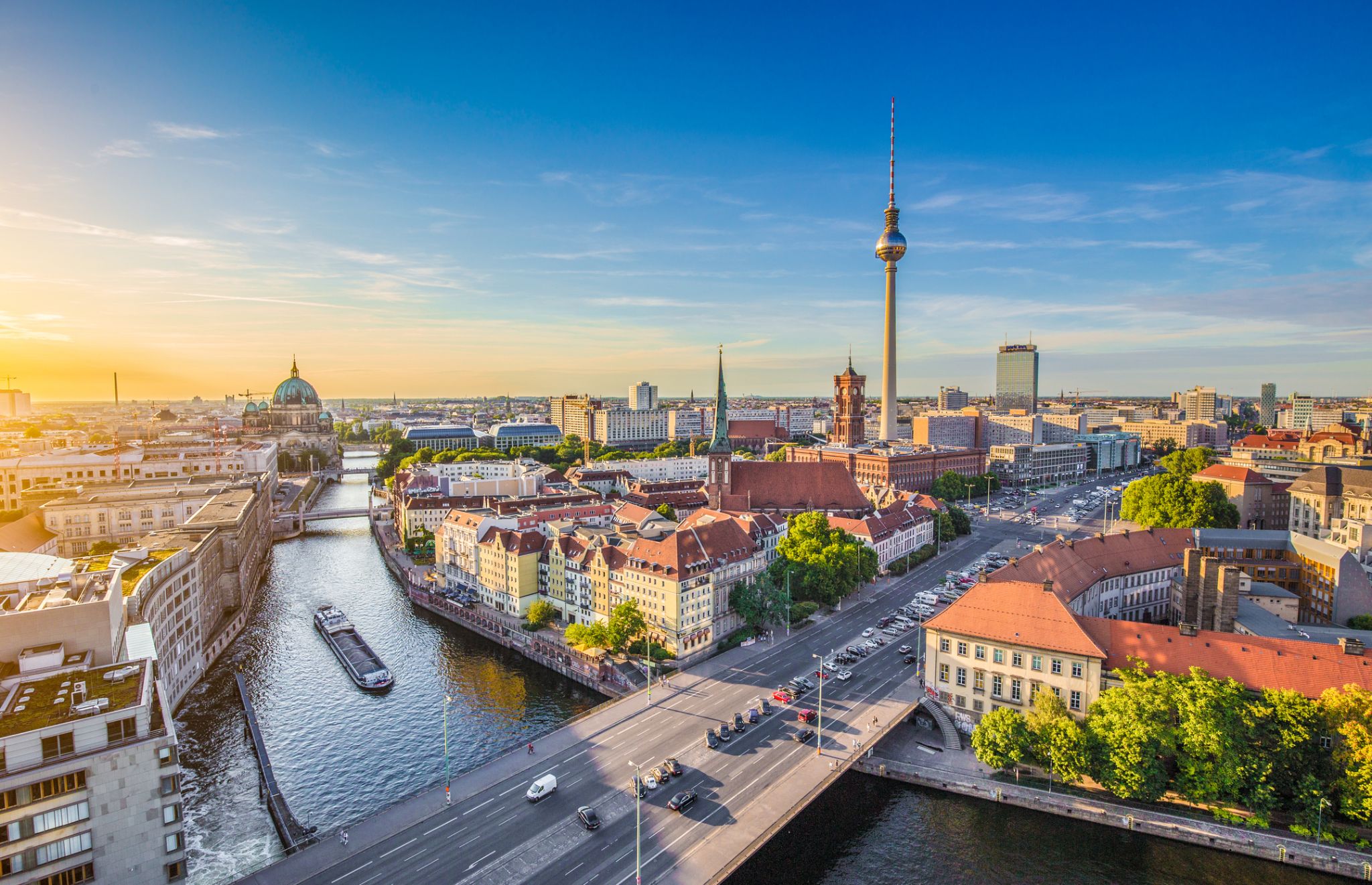
Berlin is the capital and largest city of Germany, by both area and population. With 3.7 million inhabitants, it has the highest population within its city limits of any city in the European Union. The city is also one of the states of Germany, being the third smallest state in the country by area. Berlin is surrounded by the state of Brandenburg, and Brandenburg's capital Potsdam is nearby. The urban area of Berlin has a population of over 4.6 million and is therefore the most populous urban area in Germany.The Berlin-Brandenburg capital region has around 6.2 million inhabitants and is Germany's second-largest metropolitan region after the Rhine-Ruhr;region,as well as the fifth-biggest metropolitan region by GDP in the European Union.

Berlin is the capital and largest city of Germany, by both area and population. With 3.7 million inhabitants, it has the highest population within its city limits of any city in the European Union. The city is also one of the states of Germany, being the third smallest state in the country by area. Berlin is surrounded by the state of Brandenburg, and Brandenburg's capital Potsdam is nearby. The urban area of Berlin has a population of over 4.6 million and is therefore the most populous urban area in Germany.The Berlin-Brandenburg capital region has around 6.2 million inhabitants and is Germany's second-largest metropolitan region after the Rhine-Ruhr;region,as well as the fifth-biggest metropolitan region by GDP in the European Union.

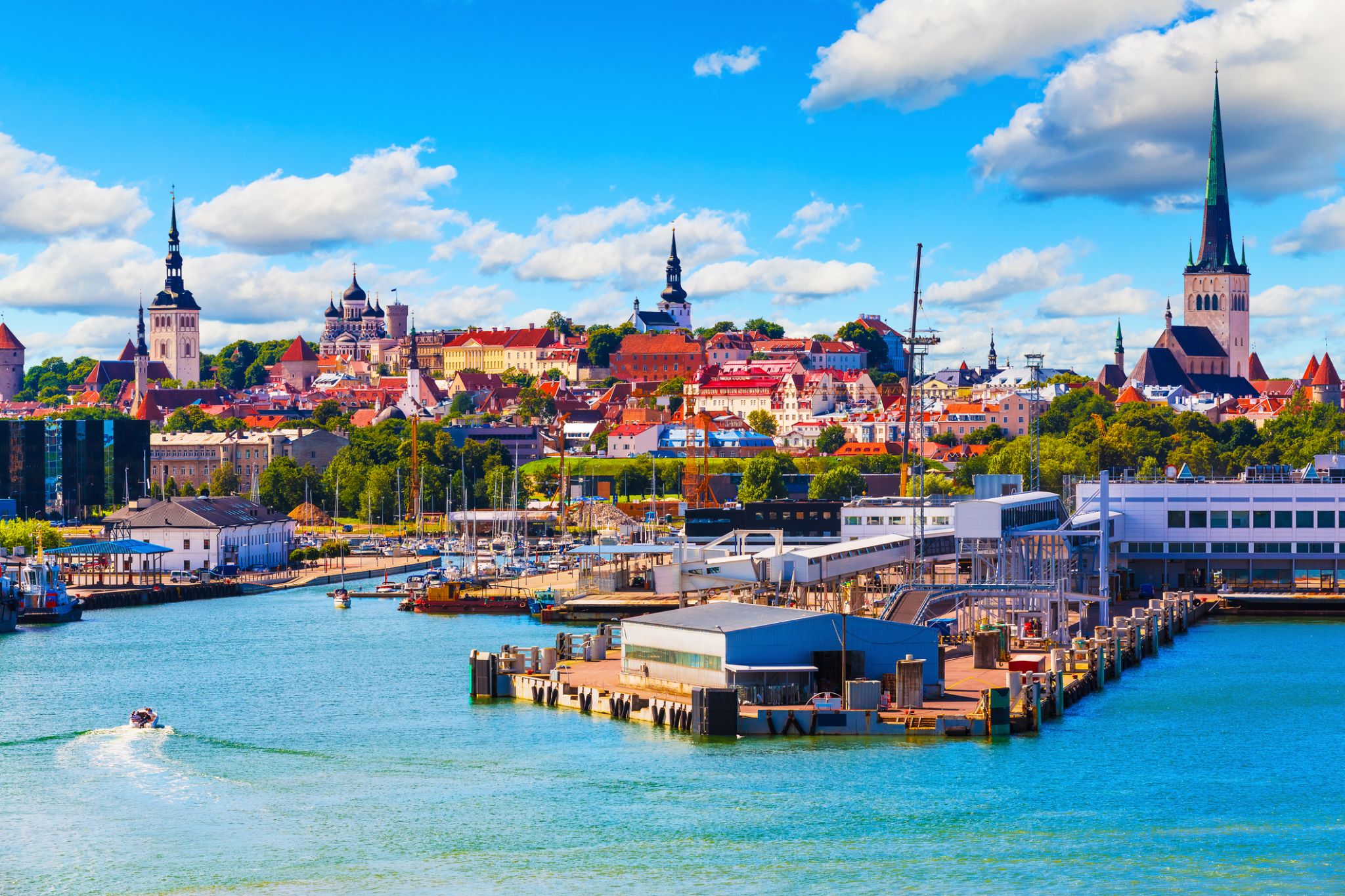
Tallinn is the capital and largest city of Estonia. It is on the northern coast of the country, on the shore of the Gulf of Finland in Harju County. From the 13th century until 1918 (and briefly during the Nazi occupation of Estonia from 1941 to 1944), the city was known as Reval. Tallinn occupies an area of 159.2 km2 (61.5 sq mi) and has a population of 453,033.
Tallinn, first mentioned in 1219, received city rights in 1248, but the earliest human settlements date back 5,000 years. The initial claim over the land was laid by the Danes in 1219, after a successful raid of Lindanise led by Valdemar II of Denmark, followed by a period of alternating Scandinavian and German rule. Due to its strategic location, the city became a major trade hub, especially from the 14th to the 16th century, when it grew in importance as part of the Hanseatic League.
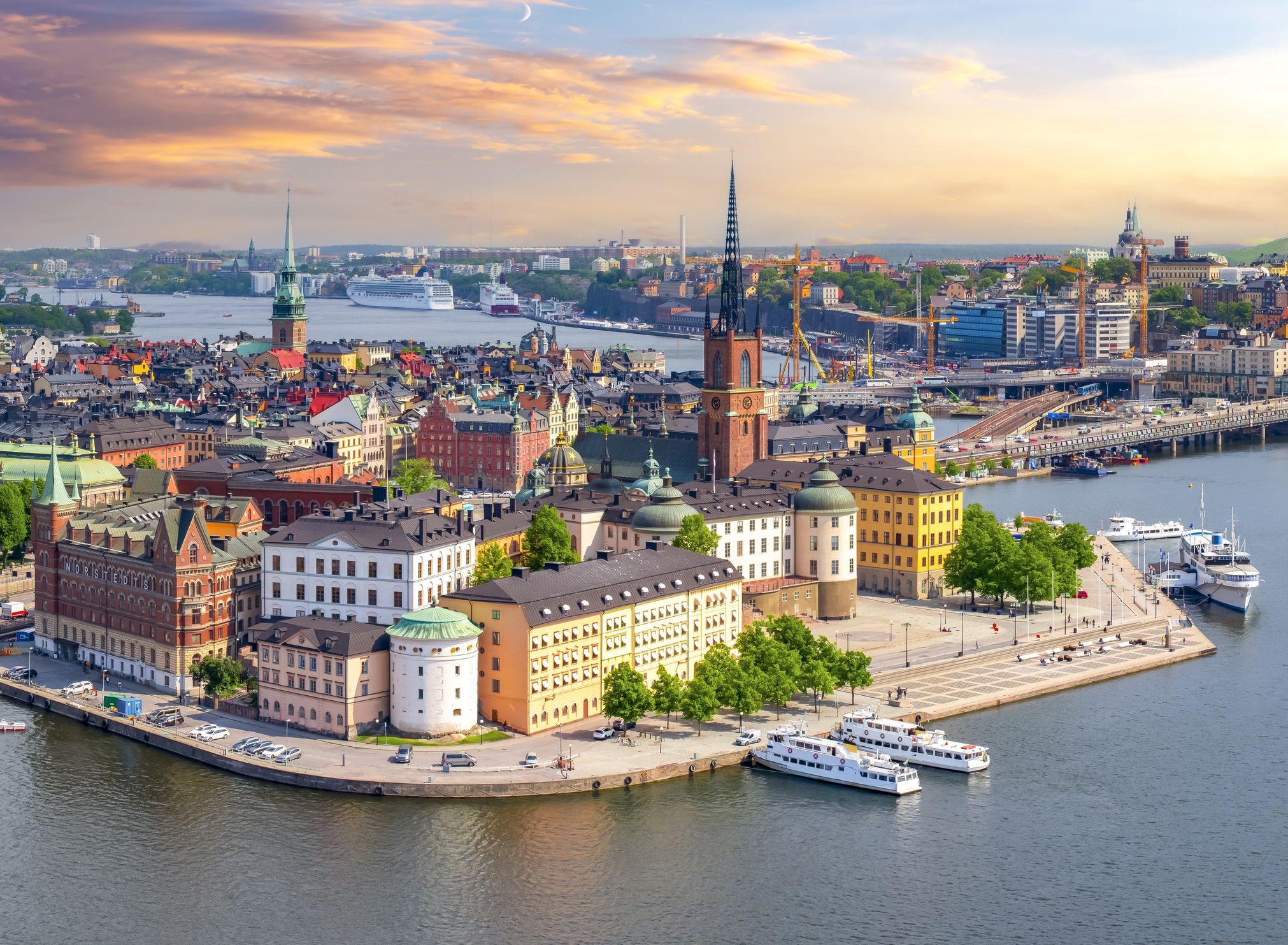
Stockholm is the capital of Sweden and the most populous urban area in the Nordic countries; 960,031 people live in the municipality, approximately 1.5 million in the urban area, and 2.3 million in the metropolitan area. The city stretches across fourteen islands where Lake Mälaren flows into the Baltic Sea. Just outside the city and along the coast is the island chain of the Stockholm archipelago. The area has been settled since the Stone Age, in the 6th millennium BC, and was founded as a city in 1252 by Swedish statesman Birger Jarl. It is also the capital of Stockholm County.
Stockholm is the cultural, media, political, and economic centre of Sweden. The Stockholm region alone accounts for over a third of the country's GDP, and is among the top 10 regions in Europe by GDP per capita. It is an important global city, and the main centre for corporate headquarters in the Nordic region. The city is home to some of Europe's top ranking universities, such as the Stockholm School of Economics, Karolinska Institute and Royal Institute of Technology (KTH). It hosts the annual Nobel Prize ceremonies and banquet at the Stockholm Concert Hall and Stockholm City Hall. One of the city's most prized museums, the Vasa Museum, is the most visited non-art museum in Scandinavia. The Stockholm metro, opened in 1950, is well known for the decor of its stations; it has been called the longest art gallery in the world. Sweden's national football arena is located north of the city centre, in Solna. Ericsson Globe, the national indoor arena, is in the southern part of the city. The city was the host of the 1912 Summer Olympics, and hosted the equestrian portion of the 1956 Summer Olympicsotherwise held in Melbourne, Victoria, Australia.
Stockholm is the seat of the Swedish government and most of its agencies, including the highest courts in the judiciary, and the official residencies of the Swedish monarch and the Prime Minister. The government has its seat in the Rosenbad building, the Riksdag (Swedish parliament) is seated in the Parliament House, and the Prime Minister's residence is adjacent at Sager House. Stockholm Palace is the official residence and principal workplace of the Swedish monarch, while Drottningholm Palace, a World Heritage Site on the outskirts of Stockholm, serves as the Royal Family's private residence.

Stockholm is the capital of Sweden and the most populous urban area in the Nordic countries; 960,031 people live in the municipality, approximately 1.5 million in the urban area, and 2.3 million in the metropolitan area. The city stretches across fourteen islands where Lake Mälaren flows into the Baltic Sea. Just outside the city and along the coast is the island chain of the Stockholm archipelago. The area has been settled since the Stone Age, in the 6th millennium BC, and was founded as a city in 1252 by Swedish statesman Birger Jarl. It is also the capital of Stockholm County.
Stockholm is the cultural, media, political, and economic centre of Sweden. The Stockholm region alone accounts for over a third of the country's GDP, and is among the top 10 regions in Europe by GDP per capita. It is an important global city, and the main centre for corporate headquarters in the Nordic region. The city is home to some of Europe's top ranking universities, such as the Stockholm School of Economics, Karolinska Institute and Royal Institute of Technology (KTH). It hosts the annual Nobel Prize ceremonies and banquet at the Stockholm Concert Hall and Stockholm City Hall. One of the city's most prized museums, the Vasa Museum, is the most visited non-art museum in Scandinavia. The Stockholm metro, opened in 1950, is well known for the decor of its stations; it has been called the longest art gallery in the world. Sweden's national football arena is located north of the city centre, in Solna. Ericsson Globe, the national indoor arena, is in the southern part of the city. The city was the host of the 1912 Summer Olympics, and hosted the equestrian portion of the 1956 Summer Olympicsotherwise held in Melbourne, Victoria, Australia.
Stockholm is the seat of the Swedish government and most of its agencies, including the highest courts in the judiciary, and the official residencies of the Swedish monarch and the Prime Minister. The government has its seat in the Rosenbad building, the Riksdag (Swedish parliament) is seated in the Parliament House, and the Prime Minister's residence is adjacent at Sager House. Stockholm Palace is the official residence and principal workplace of the Swedish monarch, while Drottningholm Palace, a World Heritage Site on the outskirts of Stockholm, serves as the Royal Family's private residence.





